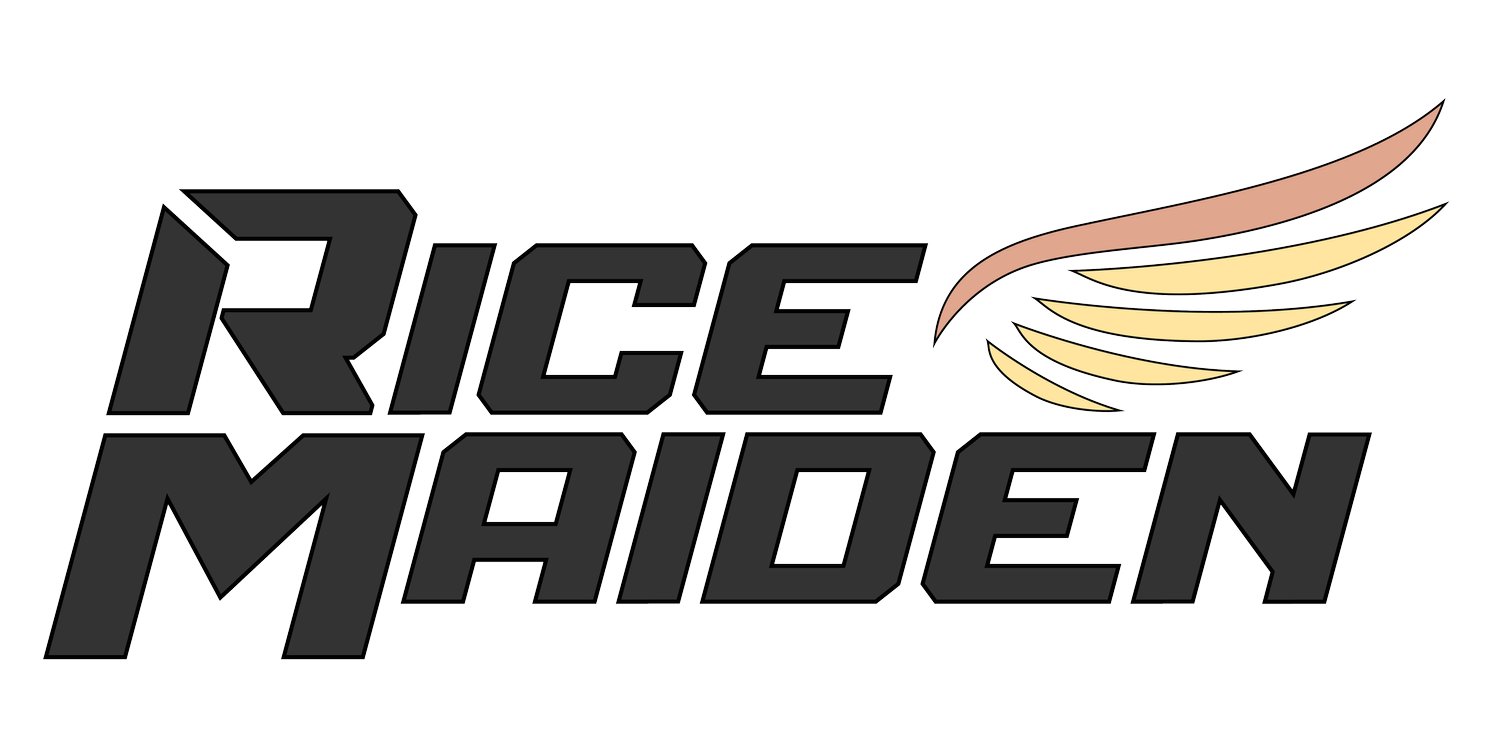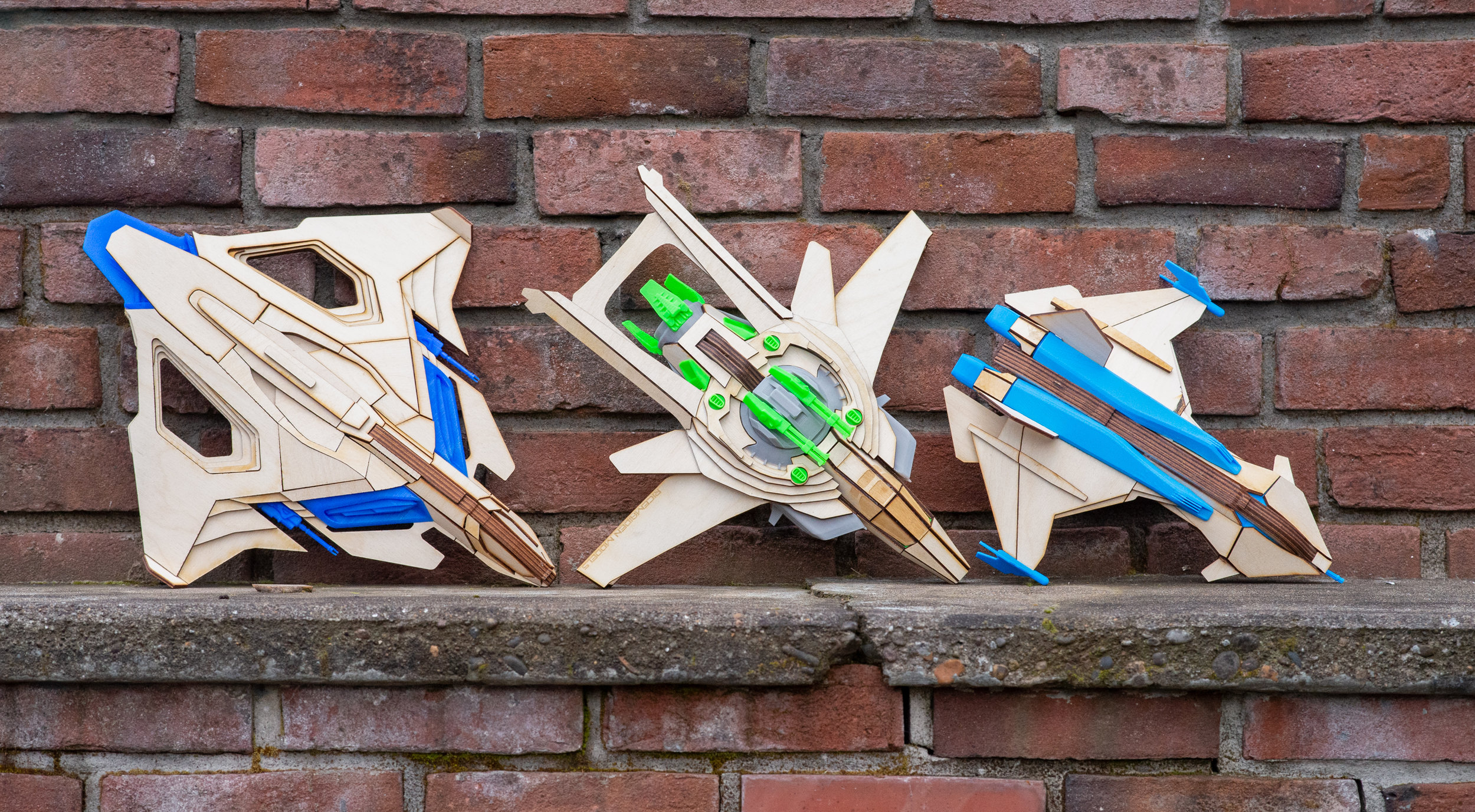Two years ago, the earliest Star Citizen model I ever completed was the Origin M50. While physically the first I don’t think it truly counts. It was more of a proof of concept than an attempt at actually making something for the SC community. While the end result was not half bad, that model was done in a CAD system I no longer use and on a laser cutter that is just gathering cobwebs in my shop.
The model immediately after the M50 was the Anvil Super Hornet. The Super Hornet remains one of my most popular models in my opinion. It was used as a trophy for BritizenCon and has traveled the furthest for fan events. From the simplified geometry, laser cut wooden guns and lack of any assembly aids, it was really the genesis of what would become RiceMaiden Models.
Having since finished all 4 of the standard Anvil Hornets, the one remaining outlier was the Military version. While I finished a Military version well over a year ago, I never actually built it. The reason being was that the original F7A was a bit of a mystery. While I had a model to base my work on, it wasn’t that visually distinct from the other Hornets. Other than some random winglets, it really ultimately would have looked like a single seat Hornet model with a Super Hornet ball turret.
With the advent of SC 3.0, the community was shown the reworks of the Hornet models. While the civilian versions got minor updates, the Military version got a major visual overhaul. Often called the “Mk.II” body, it was a sleek hotrod of a Hornet. Smaller intakes, narrower body, and more Anvil like features. The second I laid eyes on the concept shots I knew I had to build one.
Creating the Mk.II body started well over 6 months ago. I ended up making the fatal mistake of trying to modify the original Hornet model into the Mk.II. Not realizing just how different the new model was, my attempts ended up leading to frustration. Eventually I put it on the backburner and moved on.
Armed with a fresh canvas, the final model fell together at a reasonable pace. Utilizing some of the techniques I’ve developed over the past year, I’d say this model has some of the easiest to assemble “complex” geometry so far. From assembly jigs, 3D printed internal supports, and locking features model assembly was not that time consuming.
Since it hasn’t been discussed for a while, I figured I’d briefly address the makeup of my models. As many people know they are a combination of 3D printing and laser cut wood. This was born from a desire to make larger models that could be manufactured and built in one weekend.
Most of my 1/64th scale models use 1/8” thick birch plywood. It’s cheap and easy to work with. It works great for making larger panels, wings, and internal supports. I can currently cut out ~4 sheets of a wood an hour. Similar volume products on a 3D printer might take upwards of 20-40 hours worth of printing.
I have been 3D printing for over 8 years. My first printer, a Makerbot Replicator Dual, is still going strong to this day. While I’ve added two more printers to the bunch over the years, it’s a technology I firmly believe in and support. 3D printing for my models represents details and artistic style. Picking out parts that are often complex and visually distinct from the wood gives it a unique look not found in many other styles.
Assembly can often range from an hour (Dragonfly) to upwards of 10 (Prowler). While assembly times have been slowly coming down, my design times have been going up. I’m adding more complexity and building aids to each model… thinking more about the builder than the designer. Ultimately I design the model once… but it could be built upwards of ten to hundreds of times in the future.
Thankfully for as busy as the F7A Mk.II model is, build time was on par with the original Hornet models.
I wanted to thank all of those in the community that support what I do. With your encouragement and passion, none of this would be possible.













